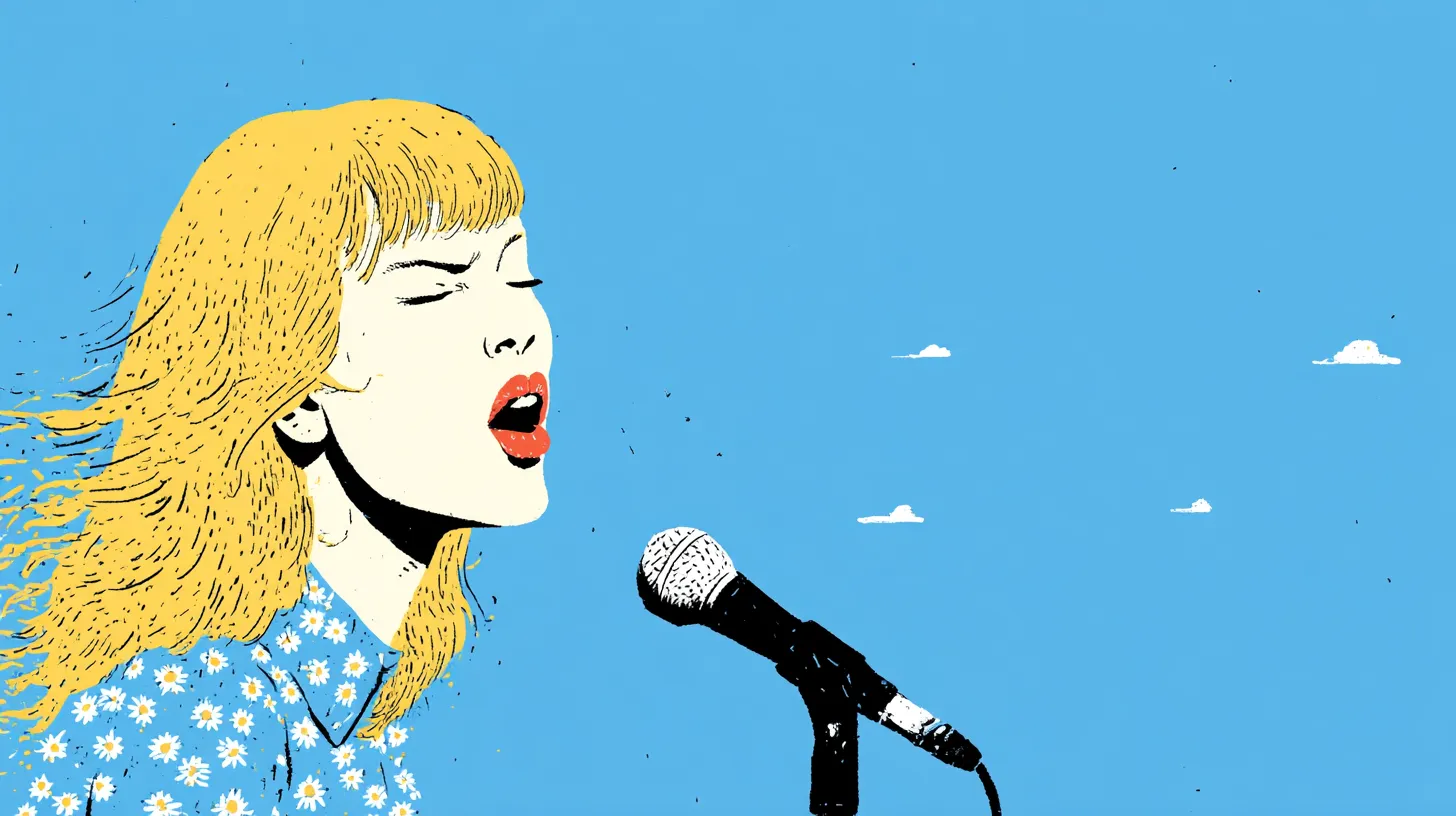So, Do You Truly Like Taylor Swift?

Long before the concept of “personal brand” became mainstream in the age of social media—and before it turned into a buzzword among LinkedIn recruiters (and a commandment for anyone wanting to stand out in their field)—there was someone who had already mastered it naturally, instinctively, and with absolute control: Taylor Swift.
Throughout her career, Taylor Swift has been many things. She started as the sweet teen who dreamed of making country music alongside her idols, then became a young woman exploring the world on her own, pouring her romantic and personal experiences into song lyrics. Later, adulthood—and pop—arrived, bringing new labels, all of them carefully chosen and curated by Swift and her team: from ultra-feminine girl, to declared feminist, to femme fatale.
Over the years, her albums stopped being mere collections of tracks and videos and became eras—yes, like geological eras—as if each release marked an event of historical magnitude. She changed styles, boyfriends, narratives, friends, and foes. She shamelessly wrote a song for every disastrous personal episode and made millions from her catharsis. Perfectly controlled chaos.
The only constant element in her career has undoubtedly been success. The numbers prove it: she has won 14 Grammy Awards, including becoming the only artist to win Album of the Year four times. She also holds the record for the most Billboard Music Awards (49) and American Music Awards (40) won by any artist. On Spotify, she’s been the most streamed female artist, breaking records for “most streamed album in a single day” and “most streamed artist in a single day.” Her Eras Tour, which traveled across the US and 51 other cities worldwide, became the first tour ever to gross $1 billion, according to Guinness World Records.
At this point, the interesting thing is that the profits were not exclusive to her. Every city she visited during her tour experienced a strong impact on its economic activity, reflected in the purchase of plane tickets, demand for hotel reservations and Airbnb apartments, spending in restaurants and bars near the stadiums, and increased activity in public transportation and ride-sharing apps. Even though some of the countries she visited were going through inflationary periods, the rise in local consumption boosted the GDP in several cities thanks to the influx of Swifties. These facts caught the attention of economic analysts, who have already dubbed the phenomenon “Swiftonomics.”
Her loyal fanbase counts in the millions: an army of Swifties guaranteed to shatter new audience records with every release, and ruthless when it comes to defending Swift from any form of criticism. Few artists are able to connect with their audience beyond their work. In this sense, much of what Swift does seems designed not only for her own financial benefit, but also specifically for those who truly make it all possible—her fans. What she offers them is not just songs, but deeply personal stories, consistency, closeness, and a certain sense of belonging to a community with its own language and symbols.
The Music Industry Beyond Swift
Despite the mixed reviews, her latest release is—unsurprisingly—a commercial triumph, selling more than 4.2 billion units in its first week, combining physical sales and streaming activity, according to Billboard and Luminate charts. Meanwhile, Spotify and Apple Music both reported that it became the most-streamed album in a single day so far in 2025. On YouTube, total song plays surpassed 250 million views.
But these figures don’t speak only about Swift. The music industry itself is undergoing a moment of disruption with the rise of streaming and its dominant platforms. Today, streaming generates around $30 billion a year worldwide and represents nearly 70% of total industry revenue, while physical formats have been reduced to marginal numbers.
Before the arrival of platforms like Spotify, Apple Music, and YouTube Music, record labels measured commercial performance directly through album sales. Now, streaming has reshaped the entire revenue structure of the music business through a system of micropayments based on the number of plays.
This transformation has forced the former giants of the industry—Universal Music Group, Sony Music Entertainment, and Warner Music Group—to redefine their place in the ecosystem and negotiate not only with the artists they represent, but also with the tech companies that control distribution. Their role today leans more toward copyright management and marketing, allowing them to consolidate a new kind of market even amid the ongoing upheaval.
These changes aim to make music more mainstream, open, accessible, and collective, especially for the public.
This new way of consuming music has led artists to consider live performances and touring not only as businesses in themselves, but also as a complete sensory experience and a way to strengthen their connection with fans. Forbes reported that since the pandemic, many artists have begun designing their shows and tours as a way to solidify their careers, with those of Taylor Swift (Eras Tour), Coldplay (Music Spheres Tour), Bad Bunny (Most Wanted Tour), U2 (Achtung Baby Live Tour and Las Vegas Sphere Residency), and Madonna (Celebration Tour) being among the most successful in recent years.
If Not Her Music, Then What Is It?
But in this game, Swift is no newcomer. Though she still writes sad ballads about the burdens of fame, she understands the music industry better than anyone—because she keeps redefining the rules, not only for that market but for every other artist, meaning: for her competition.
Note that those numbers reflect only her musical revenue: new albums, the re-recordings of her previous albums (Taylor’s Versions), vinyl, cassettes, and streams. On another level, her merchandising, global brand collaborations, media appearances, and the announcement of two upcoming films all add to her empire. And once again, let’s not forget the Eras Tour—the biggest in history—which allowed Swift to become a billionaire, grossing approximately $14 million per show, according to Bloomberg data. It’s as if she were walking through a minefield where everything she barely touches triggers a lucrative explosion of confetti and sequins.
What Swift understood long before other pop icons is that today, a good album is just that—unless you include an intimate, almost confessional narrative that connects you with your audience, a recognizable aesthetic, and, essentially, the transformation of your private life into an extension of your brand. In these terms, the Taylor Swift phenomenon as an entertainment and cultural product has far outgrown Taylor Swift the person.
That’s why even when her songs sound repetitive or even mediocre, they still resonate with us. It’s her brand silently at work—shaping the music industry and even consumer perception. Of course, as we say this, “The Fate of Ophelia” is playing in every café, store, office, and social media feed—a sweet, hazy white noise that wraps everything around us.
But it’s not the song itself—it’s the omnipresence that Swift, consciously or not, has cultivated throughout the years in mass culture.
So maybe you shouldn’t be asking yourself whether you actually like Taylor Swift’s music. You might already be an undeclared Swiftie—and the market knows it.
The post So, Do You Truly Like Taylor Swift? was first published by the Foundation for Economic Education, and is republished here with permission. Please support their efforts.



